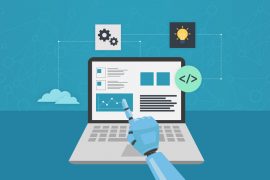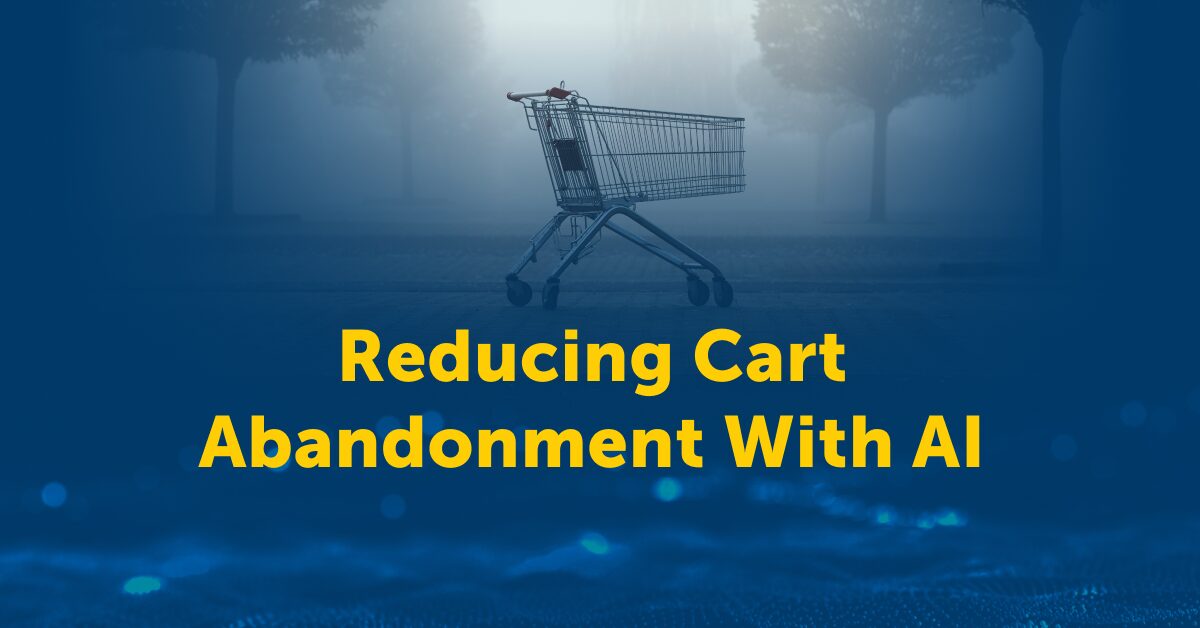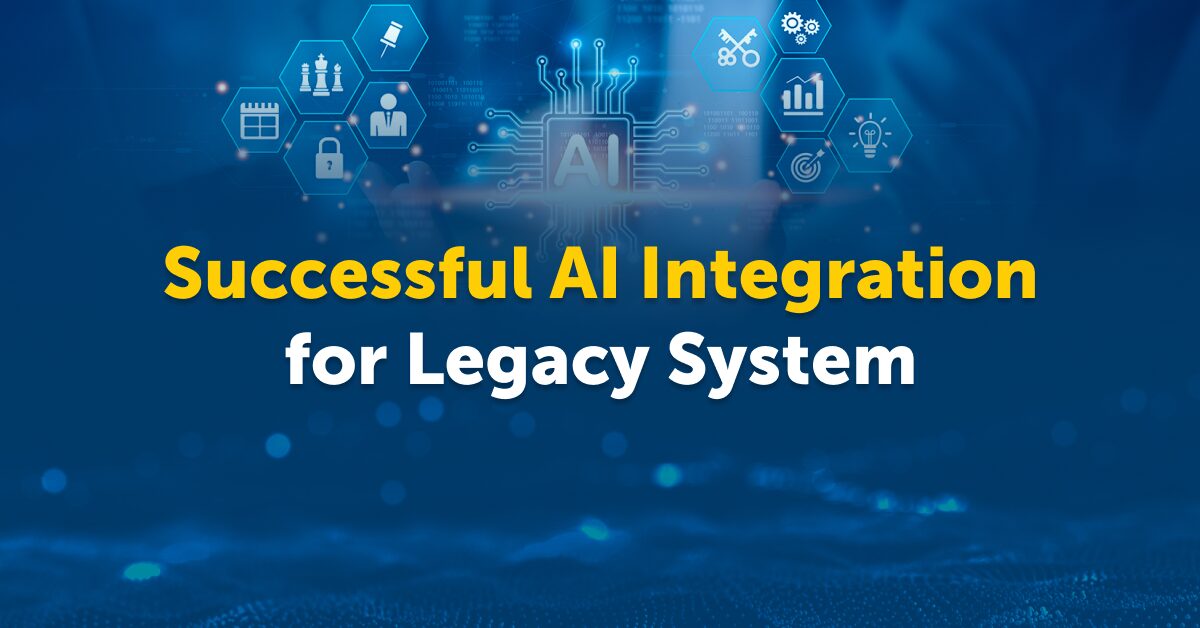A Guide To Low Code No Code Platforms

What are Low/No Code Platforms?
A focus on hyper-automation, empowering the non-technical workforce and a shortage of developers has increased the adoption of the Low Code No Code platform (LCNC). LCNC is a visual software development platform that simplifies software development with a simple drag-and-drop approach.
LCNC AI platforms are great for beginners and developers integrating AI models and custom software. Moreover, computer vision engineers can also use the platform to develop AI applications. They can also spend less time on coding and focus on optimizations and functionalities.
Likewise, Viso.ai is a low code platform that creates custom computer vision and deep learning applications. Similarly, no-code platforms such as AlphaChat, DataRobot, and Clarifai integrate AI models in chatbots, virtual assistants, predictive models, and automatic speech recognition systems.
The difference between the two platforms is indicated by their names. Low code development requires minimal coding and caters to complex applications that are critical to the organization’s core systems and integrations. On the other hand, no code requires no coding or programming skills and is used to develop simple and tactical apps.
LCNC platforms help programmers, tech experts, and non-technical employees build, test, and deploy applications, shifting efforts from conventional programming tasks to complex demands with more impact and value.
These platforms thus enable everyone from analysts, office administrators to small business owners to meet dynamic customer expectations through innovation and agility without skilled developers. Furthermore, apps created by LCNC platforms are robust enough to achieve operational efficiencies and customer engagement.
Limitations
Ideally, non-tech employees could contribute to business acceleration through LCNC platforms, but most non-coders and non-technical employees are hesitant. These platforms lack flexibility and customization for complex programming in intricate apps and workflow integrations. Non-technical staff also need assistance from developers. Beyond the basics, the work requires developers to perform more complex and detailed programming.
LCNC platforms offer a narrow scope of innovation with limited templates. There are privacy and security concerns as well, as users don’t enjoy leverage over data protection and access to source code making loopholes difficult to spot.
Making the Most of LCNC Platforms
Automation across business operations and workflows will drive the adoption of low code technology through 2022. LCNC platforms have enabled business owners to empower their non-tech workforce to develop and contribute technical assistance, helping to overcome the developer shortage. LCNC platforms are a leap forward in democratizing innovation.
Gartner estimates that by 2024, 80% of tech products and services will be built by non-tech professionals and LCNC AI platforms will play a significant role. Salesforce.com claims to have generated more than 1 million jobs mostly in software development filled largely by non-technical professionals. The rise of these technologies will build more resilient businesses by redefining employee skill sets and approaches to institutional learning.
While these platforms won’t replace traditional software development, LCNC AI will drive the workforce towards meaningful work. It can do so through reskilling opportunities and programming skills. After all, these will be just as important as business skills. Through such platforms, more users will become aware of AI’s potential. As LCNC AI tools mature, so will their users.
You can also check out our previous blog: Debunking AI Misconceptions.
Click here to learn more about how Fusemachines assists enterprises in their digital transformation journey.


